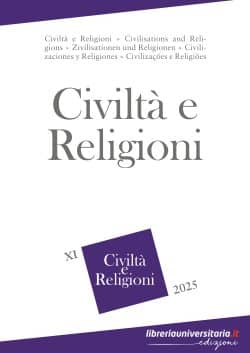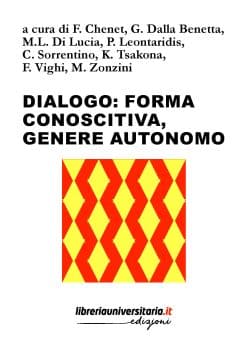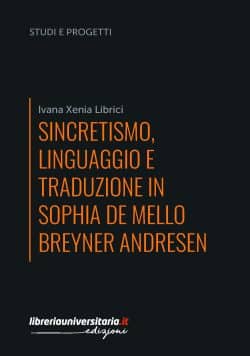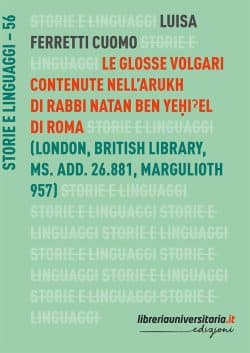Indice
On her path to discussing phylogenetic methods in textual tradition and the Coherence-Based Genealogical Method (CBGM) used in editing the New Testament, Lin takes up the story of textual criticism and of underlying theories, especially about relationship in biology and relationship between texts. Lin gives a fair and good overview of the evolution of various methods, but she could have been more critical: in the reviewer’s opinion, phylogenetics and CBGM are of no value for textual criticism. And as for Burkett, who accepts the Q hypothesis, he makes a strong case for the Proto-Mark theory, ruling out the Deutero-Mark hypothesis and the theory of Markan priority. He rightly discards arguments on primitivity of language or theology, starting instead from statistics on perceptible agreements and disagreements between the Synoptics.
The paper offers the critical and commented edition of a re-discovered poem of the 16th-century playwright Francesco Belo, originally published in 1524, integrated with a brief introduction about the author, the poem and the establishment of the critical text.
The first part of the Adone contains a lengthy episode of the “garden of the senses” which analyses the external and internal senses, and inverts their traditional order by conferring the first place to the touch. In this part there is hardly any action. The second part is dominated by passions. This poem’s partition reflects a cultural change in the literatura of love by emphasizing the attention to the passions over that of the senses. Only passions move to action and create heroes. Marino is moving along the line opened by Telesio and Campanella and leading to Spinoza . Marino celebrates the sense of sight only in the last canto of Adone, at the games in honor of the hero’s death, when there is no more action but only spectacle.
This paper examines the role played by the Italian press based in Trieste during the years 1945-1954, when the city did not belong to Italy, but was under the Allied Military Government (AMG). It focuses on some types of political propaganda favouring Italian nationalists or supporter of an independent Trieste and indulging in anti-Slavic stereotypes.
The paper addresses the Italian contribution to the European integration process (1947-1961), devoting a special attention to the role of the Community Movement and the European Federalist Movement.





